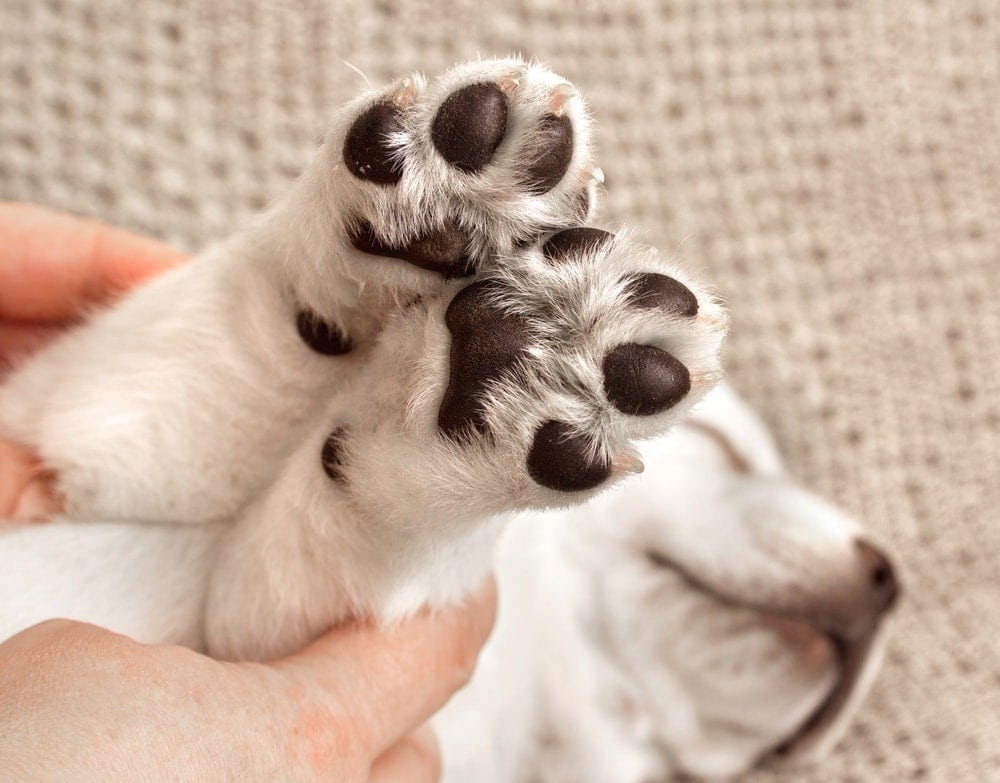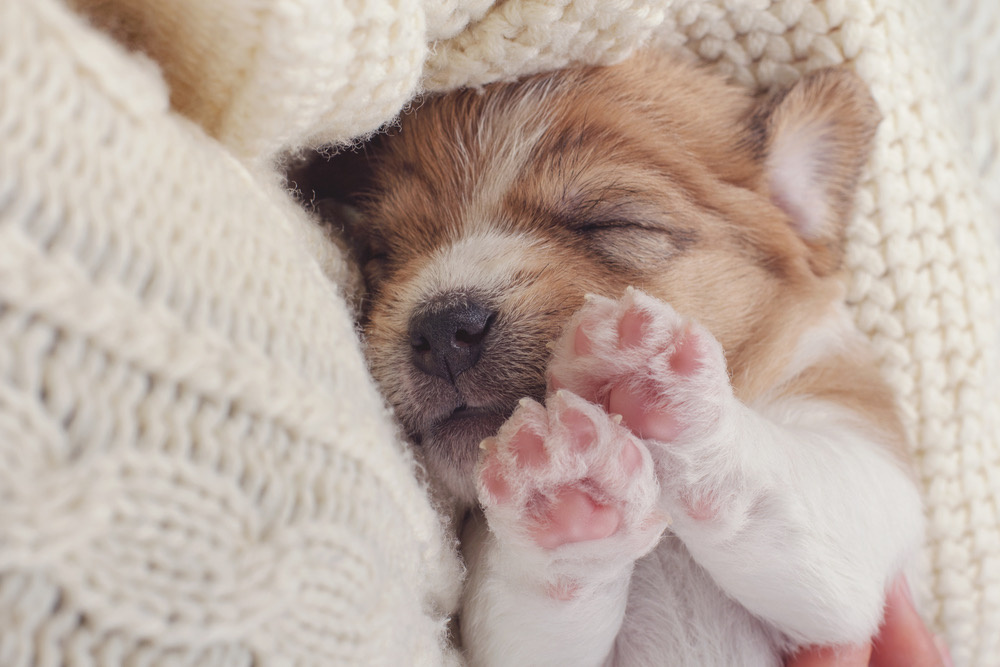Let me tell ya somethin’, pupper paws are like the hidden gems of the dog world. You might not think much about those tiny little feet at first glance, but they’re actually pretty darn fascinating. These furry little appendages do more than just carry our beloved pups around—they’re little powerhouses of functionality and cuteness rolled into one. If you’ve ever wondered why pupper paws are so special or what makes them tick, you’re in the right place. Today, we’re diving deep into the world of pupper paws and uncovering all the secrets they’ve been keeping from us.
Now, before we get too far into this paw-tastic journey, let’s talk about why pupper paws matter. It’s not just about how cute they look when your pupper is sprawled out on the couch (although, let’s be real, that’s a big part of it). Pupper paws play a crucial role in a dog’s overall health and well-being. From helping them navigate rough terrain to keeping them cool on hot days, these little paws are multitasking machines. And honestly, who wouldn’t want to know more about something so awesome?
So, grab your favorite beverage, settle in, and get ready to learn everything you’ve ever wanted to know about pupper paws. This isn’t just any old article—it’s a deep dive into the science, the charm, and the care of those precious little doggie feet. Trust me, by the end of this, you’ll be looking at your pupper’s paws in a whole new light.
Read also:Haesicks Fansly Leaks The Untold Story Behind The Scenes
Table of Contents
- What Are Pupper Paws?
- Anatomy of Pupper Paws
- Pupper Paws in History
- Why Pupper Paws Are Important
- Common Issues with Pupper Paws
- Caring for Pupper Paws
- Pupper Paws and Behavior
- Fun Facts About Pupper Paws
- Pupper Paws in Pop Culture
- Conclusion
What Are Pupper Paws?
Alright, let’s start with the basics. Pupper paws are, well, the feet of our furry little friends. But they’re not just your average feet—they’re specifically designed to handle all sorts of terrain and weather conditions. Think about it: dogs don’t exactly have the luxury of wearing shoes (well, unless you count those adorable little booties some pups rock). Instead, their paws are built to take on everything from scorching hot sidewalks to icy winter roads.
Now, here’s the thing: pupper paws aren’t just functional—they’re also super cute. Those little pads, the way they wiggle when your pupper is lying on their back, the way they smell like popcorn (yep, that’s a real thing)—all of it adds up to make pupper paws one of the most endearing parts of our furry friends. But don’t let the cuteness fool you; these paws are serious business.
Why Should You Care About Pupper Paws?
Because they’re a big part of what keeps your pupper happy and healthy. A dog’s paws are like their foundation—they support their entire body, help them balance, and even regulate their body temperature. So, if something goes wrong with their paws, it can affect their overall well-being. And who wants that? Not us, that’s for sure.
Anatomy of Pupper Paws
Let’s break it down. Pupper paws are made up of a few key components:
- Toe Pads: These are the big, squishy parts of the paw that you probably notice first. They’re like little shock absorbers, helping your pupper navigate rough terrain.
- Claws: Yup, those nails you trim regularly? They’re not just for scratching—they help with grip and stability.
- Carpal Pad: This is the little pad at the back of the paw. It’s like a dog’s emergency brake—it helps with balance and stopping.
- Webbing: Some breeds have webbed feet, which makes them better swimmers. Think about it like nature’s own pair of flippers.
Each of these parts plays a role in keeping your pupper’s paws in tip-top shape. And when you think about it, it’s kind of amazing how all these little pieces work together to make pupper paws so efficient.
Pupper Paws in History
Believe it or not, pupper paws have been around for a while. Like, a really long while. Back in the day, dogs relied on their paws to hunt, track, and survive in the wild. Over time, as dogs became domesticated, their paws evolved to suit different purposes. For example, sled dogs developed thick, furry paws to help them navigate snowy conditions, while terriers got smaller, more agile paws for digging.
Read also:Alice Delish Nsfw The Unfiltered Story You Need To Know
And let’s not forget about the cultural significance of pupper paws. In some cultures, dogs and their paws were seen as symbols of loyalty and protection. So, the next time you look at your pupper’s paws, remember that they’ve got a rich history behind them.
Why Pupper Paws Are Important
Here’s the deal: pupper paws are more than just cute—they’re essential. They help your pupper walk, run, jump, and even regulate their body temperature. The pads on their paws act like natural cooling systems, releasing heat when it gets too hot. And those claws? They help with grip, so your pupper can navigate slippery surfaces without slipping and sliding all over the place.
But here’s the kicker: if your pupper’s paws aren’t in good shape, it can affect their entire body. Think about it—if your feet hurt, it’s hard to walk, right? The same goes for dogs. So, taking care of those little paws is a big deal.
How Pupper Paws Affect Overall Health
It’s all connected. If your pupper’s paws are sore or injured, it can lead to issues with their joints, muscles, and even their spine. That’s why regular paw care is so important. By keeping those little feet in good condition, you’re helping your pupper stay happy and healthy for years to come.
Common Issues with Pupper Paws
Unfortunately, pupper paws aren’t immune to problems. Here are a few common issues you might encounter:
- Cuts and Scrapes: Paws can get cut on sharp objects or scraped on rough surfaces.
- Burns: Hot sidewalks or asphalt can burn those sensitive pads.
- Allergies: Some dogs are allergic to certain grasses or chemicals, which can irritate their paws.
- Infections: Bacteria or fungi can cause infections between the toes.
Thankfully, most of these issues can be prevented with a little bit of care. Regularly checking your pupper’s paws for cuts, scrapes, or signs of irritation can help you catch problems early.
Caring for Pupper Paws
Taking care of pupper paws isn’t rocket science, but it does require a bit of attention. Here are some tips to keep those little feet in top condition:
- Regular Check-Ups: Make it a habit to check your pupper’s paws regularly for cuts, dirt, or debris.
- Trimming Nails: Keep those claws trimmed to prevent them from getting too long and causing discomfort.
- Moisturizing: Use a paw balm to keep the pads soft and prevent cracking.
- Protective Gear: Consider using booties if your pupper will be walking on rough or hot surfaces.
By following these simple steps, you can help ensure that your pupper’s paws stay healthy and happy.
Pupper Paws and Behavior
Did you know that pupper paws can tell you a lot about your dog’s behavior? For example, if your pupper is licking their paws excessively, it could be a sign of anxiety or boredom. Or, if they’re constantly digging, it might mean they’re trying to cool off or find a comfy spot to rest.
Understanding your pupper’s paw behavior can give you valuable insights into their emotional state. So, the next time you notice your pupper doing something unusual with their paws, take a moment to think about what it might mean.
Signs of Stress in Pupper Paws
Some common signs of stress include:
- Excessive licking or chewing
- Swollen or red paws
- Reluctance to walk or play
If you notice any of these signs, it might be time to consult your vet.
Fun Facts About Pupper Paws
Let’s wrap up with some fun facts about pupper paws:
- Pupper paws smell like popcorn because of the bacteria that lives on them.
- Some dogs have webbed feet, which makes them better swimmers.
- Pupper paws can sweat through their pads, which helps them stay cool.
Who knew pupper paws were so fascinating? Now you’ve got some fun facts to impress your friends with.
Pupper Paws in Pop Culture
From movies to memes, pupper paws have made quite the splash in pop culture. Who could forget those viral videos of dogs giving high-fives or those adorable paw prints on birthday cakes? Pupper paws have become a symbol of all things cute and fluffy, and we couldn’t be happier about it.
So, the next time you see a pupper paw meme, take a moment to appreciate just how special those little feet really are.
Conclusion
There you have it—the ultimate guide to pupper paws. From their anatomy to their cultural significance, pupper paws are so much more than just cute little appendages. They’re a crucial part of what makes our furry friends so amazing.
So, what can you do now? Start by checking your pupper’s paws regularly, keeping them clean and moisturized, and watching out for any signs of trouble. And don’t forget to give those little paws a little extra love—they deserve it.
Got any questions or comments? Drop them below and let’s chat. And if you loved this article, share it with your pupper-loving friends. Let’s spread the paw-some vibes!


